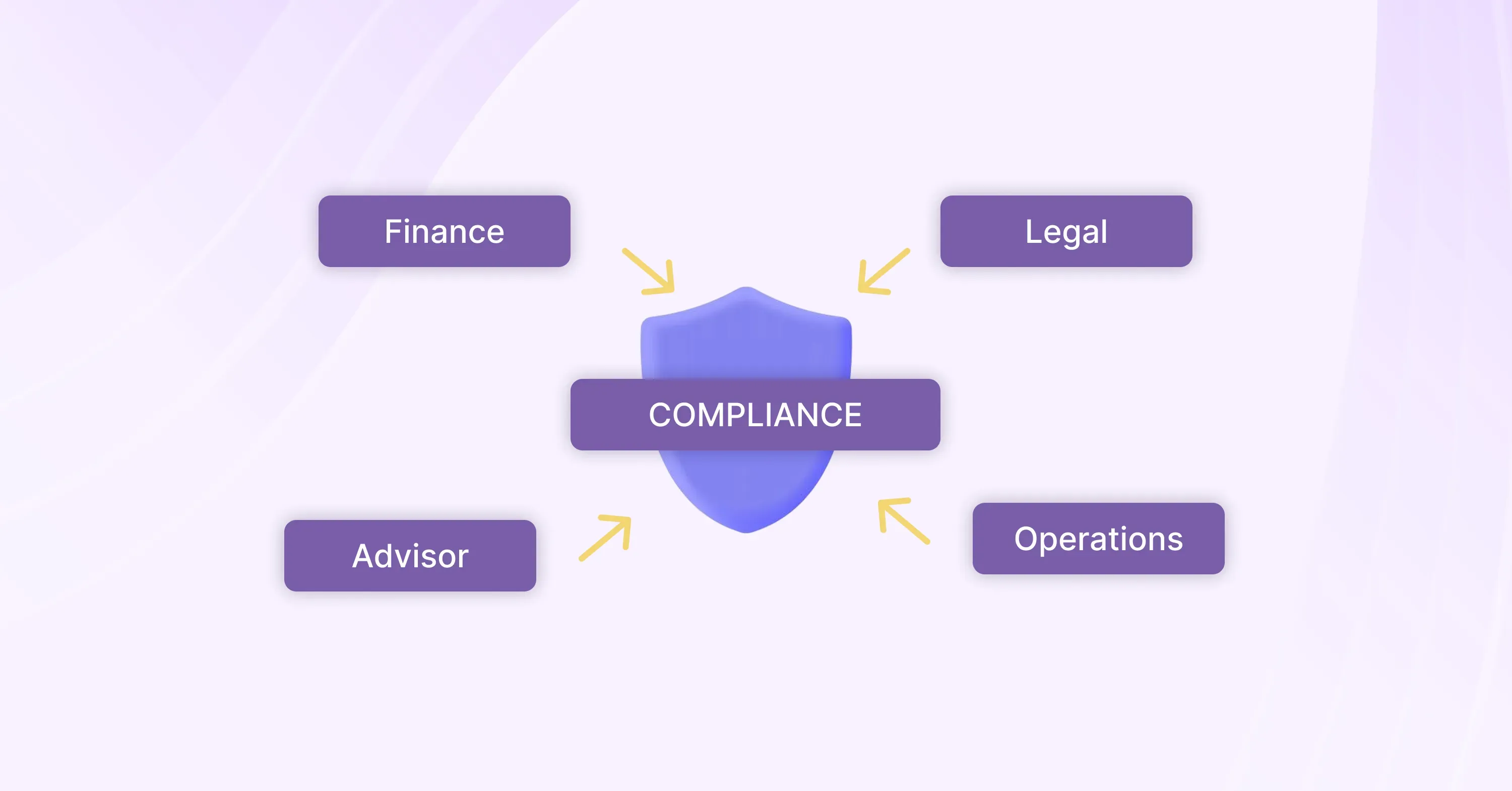
Compliance Checks: Ensuring Your Business Meets U.S. Tax Laws
Tax compliance in the U.S. is complex and high-stakes. This guide shows how to run effective compliance checks and stay audit-ready across all levels.

Tax compliance in the U.S. is complex and high-stakes. This guide shows how to run effective compliance checks and stay audit-ready across all levels.
Compliance checks help U.S.-facing businesses avoid fines, audits and reputational damage by regulators such as the Internal Revenue Service (IRS) and state tax authorities. This guide shows how to treat compliance not as a one-time event but as a continuous discipline - from defining your scope through to staying audit-ready for federal and state requirements.
For deeper insight into expanding into U.S. states while staying compliant, see 1stopVAT’s Sales Tax Consulting Services.
Regulatory compliance checks are systematic internal reviews to ensure a company meets all relevant tax rules - federal, state, and indirect (such as sales/use tax) - as well as any industry‐specific obligations. They validate that transactions are properly documented, tax calculations are correct, and internal controls function as intended in real time.
For example, the IRS defines a compliance check as a review of whether a taxpayer is adhering to recordkeeping and information-reporting requirements.
Before diving into remediation, map the regulatory environment your business operates in.
Clarifying scope early helps avoid surprises when a state Department of Revenue or the IRS begins an inquiry.
For a state-by-state breakdown of sales tax nexus and rules, see 1stopVAT’s US Sales Tax Guide: Nexus, State Rules & Rates.

US compliance spans multiple disciplines - tax, operations, IT, legal - a single accountant rarely covers all bases.
Key roles:
Kick-off meetings should define meeting cadence, documentation ownership and escalation paths. For more about managing multistate sales tax obligations Sales Tax Consulting Services.
With your team in place, assess which processes and transactions attract the most regulator attention.
High-risk zones include:
Use a simple “heat map” (red = high risk, yellow = moderate, green = well-controlled). For structuring internal controls, the US Government Accountability Office (GAO) “Green Book” offers a foundational framework.
When an audit hits, documentation is your proof - not your story. Must-have items:
Verify: Are totals consistent? Are receipts signed and dated? Are PDFs secure and easily retrievable? The IRS emphasises that they request documents already used to prepare the return.

A financial compliance audit is a focused review covering both financial accuracy and regulatory adherence - ideal before an external review begins. Testing approach:
Proactive internal audits build confidence in your controls and improve audit‐readiness.
Finding issues is only half the job - fixing them promptly builds real compliance strength. Action steps:
Authoritative resources to consider:
Ongoing monitoring shifts compliance from reactive to routine - embedding it into your operations.
When an external audit begins, time is limited - preparation sets you up to respond effectively. Be ready to:
For insight into industry-focused examinations, see the IRS’s Audit Techniques Guides (ATGs).
Compliance checks don’t need to be overwhelming or reactive. By defining your scope, building the right team, mapping risks, maintaining detailed documentation and embedding continuous monitoring, you transform audit-readiness into operational hygiene.
If you’re expanding into the U.S. market, selling across states, or managing global fulfilment models, 1stopVAT’s Sales Tax Consulting Services are designed to simplify your compliance journey.
Free consultation with 1StopVAT experts
Discover more insights and articles